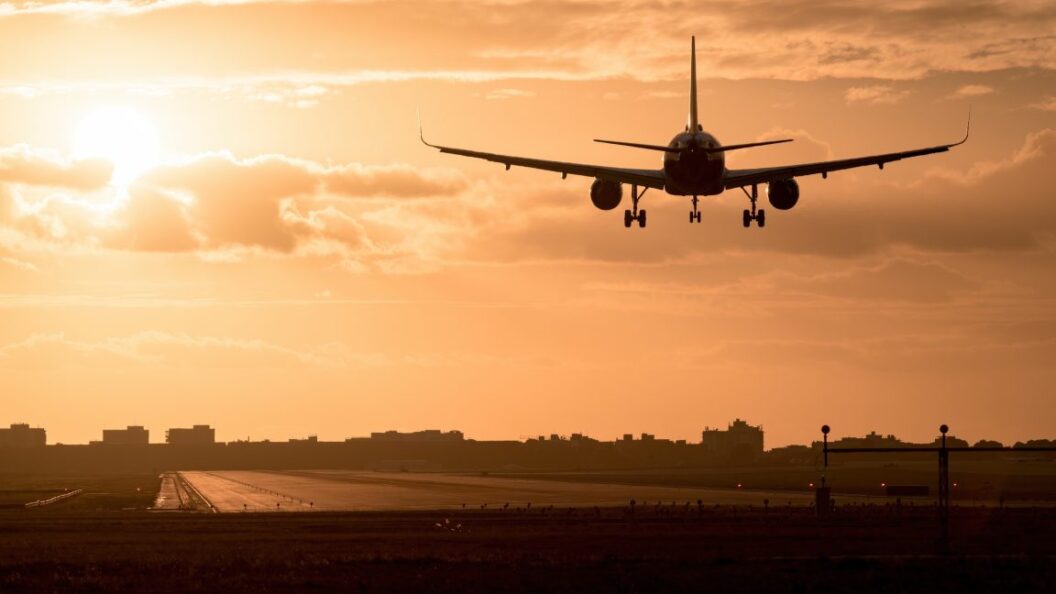Turbulence Ahead: Climate Change and Its Impact on Air Travel
In an era where climate change influences nearly every aspect of our lives, new research indicates that global warming is significantly affecting air travel, particularly through increased turbulence. Scientists are observing alarming trends in atmospheric conditions that could lead to bumpier flights in the coming decades. This article explores the findings of experts who are analyzing jet stream patterns and vertical wind shear, underscoring the urgency of addressing these changes.
The Threat from the Poles
According to Faranda, a climate scientist, global warming is accelerating more rapidly at the poles than in other regions. This shift is resulting not only in melting ice but also in altered climatic conditions that impact both oceans and continents. Faranda notes that as global temperatures rise, the effects on jet streams will lead to more turbulence in air travel.
The Role of the Jet Stream
Williams, a scientist from the University of Reading, has made significant contributions to understanding the relationship between jet streams and turbulence. “If the jet stream is affected, then turbulence in the jet stream is affected, and therefore flight operations are affected,” Williams stated. This chain reaction poses serious implications for both the safety and comfort of commercial flights.
Alarming Increases in Turbulence
Recent data reveals a 55 percent increase in severe air turbulence since the 1970s. This statistic highlights the escalating dangers that pilots and passengers might face. Williams emphasizes the importance of studying vertical wind shear, explaining that the signal in this data is considerably more robust than the noise. "Why do we care about stronger wind shear? Well, of course, it’s because we fly through it," he added, illustrating the relevance of this phenomenon to the aviation industry.
Future Projections: A Bumpier Skies Ahead
Climate models suggest that if emissions continue at current rates, the upper troposphere will see a growing hotspot, leading to an even stronger midlatitude temperature gradient. As this atmospheric change intensifies, it is projected that vertical wind shear could increase by as much as 29 percent by 2100. Even if global emissions are halved by mid-century, researchers anticipate an increase of 17 percent. Williams expressed concern, stating, “This, of course, means a lot more turbulence in not that many years from now.”
Adaptations and Safety Measures
Despite the potential increase in turbulence, Faranda remains optimistic. Drawing from his experiences and research on clear-air turbulence, he insists that most flights will be safe even in turbulent conditions. Advancements in weather measurement instruments, along with enhanced awareness of turbulence risks, will contribute to safer air travel. Furthermore, innovations in aircraft design—such as changes to wing construction—may enhance resilience against turbulence.
The Importance of Weather Monitoring
Faranda cautions that a decline in weather monitoring could exacerbate turbulence-related issues. He highlights a prevailing concern: “With the new global political situation, there is a lot of talk of reducing instruments for monitoring the weather and the climate, and this would produce worse weather forecasts.” This reduction in observations could ultimately lead to shakier flights, emphasizing the need for ongoing research and monitoring programs.
Conclusion: A Call to Action
The findings surrounding climate change and its impact on air travel underscore a critical intersection between environmental science and public safety. As we face a future of potentially increased turbulence, the aviation industry must prioritize investment in research and technological advancements to mitigate risks. Moreover, public and governmental support for robust climate monitoring systems is essential to ensure safer skies for all travelers. The urgency of addressing climate change has never been clearer, and its implications extend far beyond the confines of science—impacting millions of passengers who rely on safe and reliable air travel.









